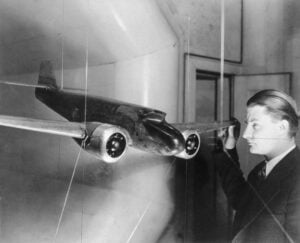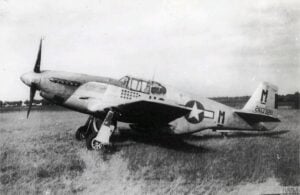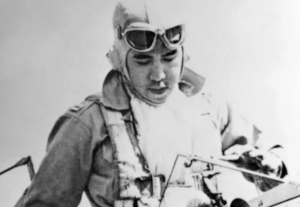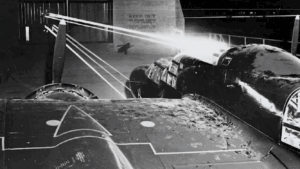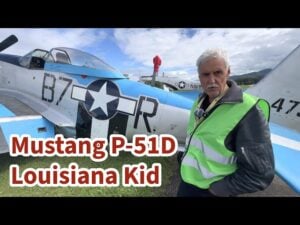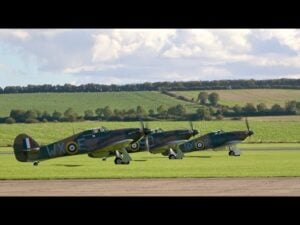When A B-25’s Eight-Gun Nose Ripped A Ship to Pieces in Seconds
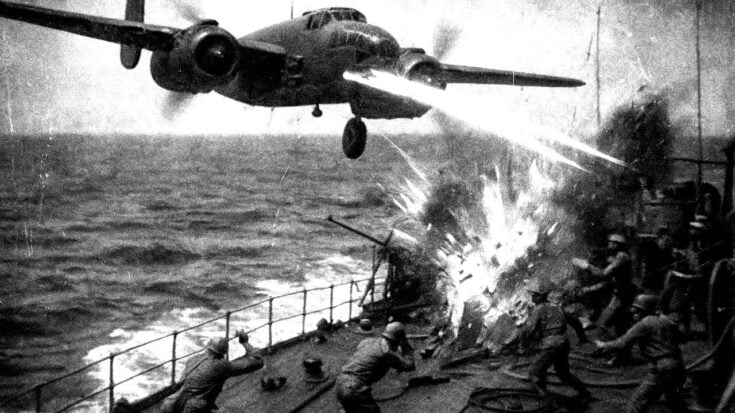
YouTube / Did This Really Happen
March 3, 1943 — The calm waters of the Bismarck Sea exploded into chaos as American B-25 Mitchell bombers roared in low, their noses blazing with streams of .50-caliber fire. Japanese Colonel Teeshi Nakamura, standing on the bridge of the transport Kyos Maru, could only watch in disbelief. Moments earlier, his convoy of eight transports and eight destroyers had been sailing confidently toward Lae, New Guinea. Within hours, it would be annihilated.
Birth of a Ship-Killer
A year earlier, American airmen struggled to hit moving ships from high altitude. Bombs dropped from 20,000 feet were easy to dodge. That changed when two men—Major William Benn and maverick pilot Paul “Pappy” Gunn—transformed the B-25 into a maritime predator.
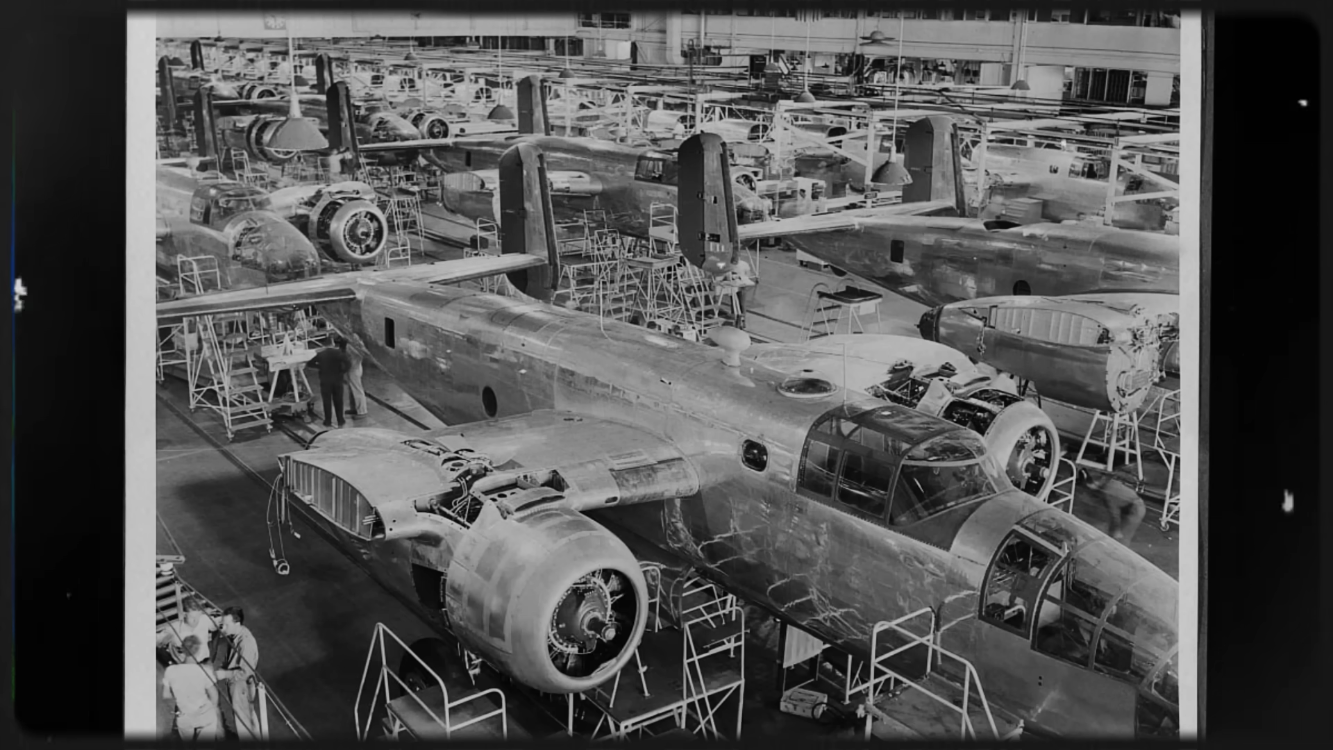
Gunn stripped the bomber’s glass nose and replaced it with solid metal packed with up to eight forward-firing machine guns. Benn then developed the “skip bombing” tactic: flying just above the waves and releasing bombs that ricocheted across the water into enemy hulls. Together, their innovation gave the B-25 a new role—part bomber, part gunship, and completely lethal.
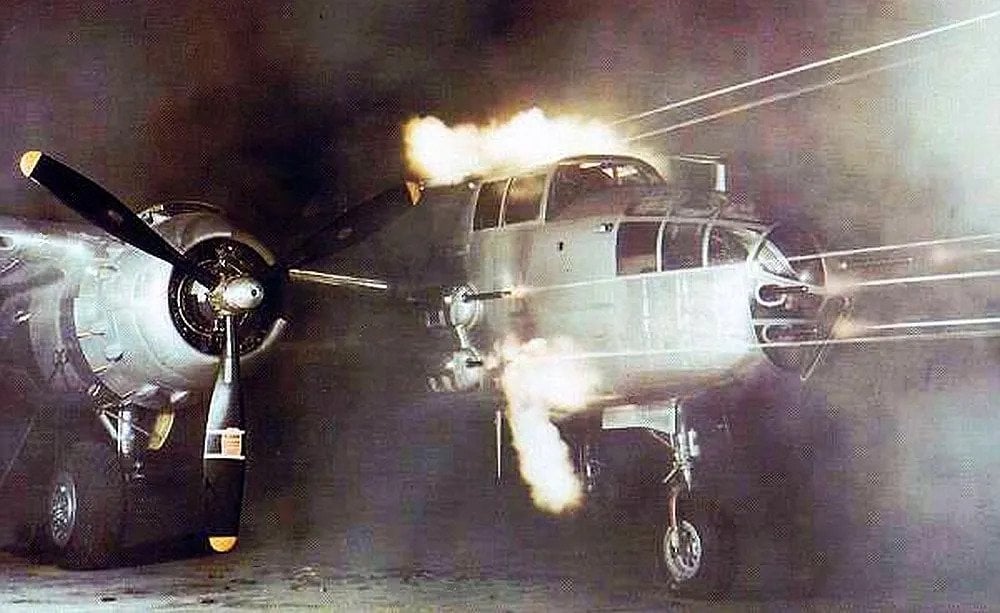
The Bismarck Sea Massacre
As Nakamura’s convoy steamed toward its destination, Allied aircraft swarmed in from multiple directions—Royal Australian Air Force Beaufighters leading the charge, followed by Gunn’s modified B-25s.
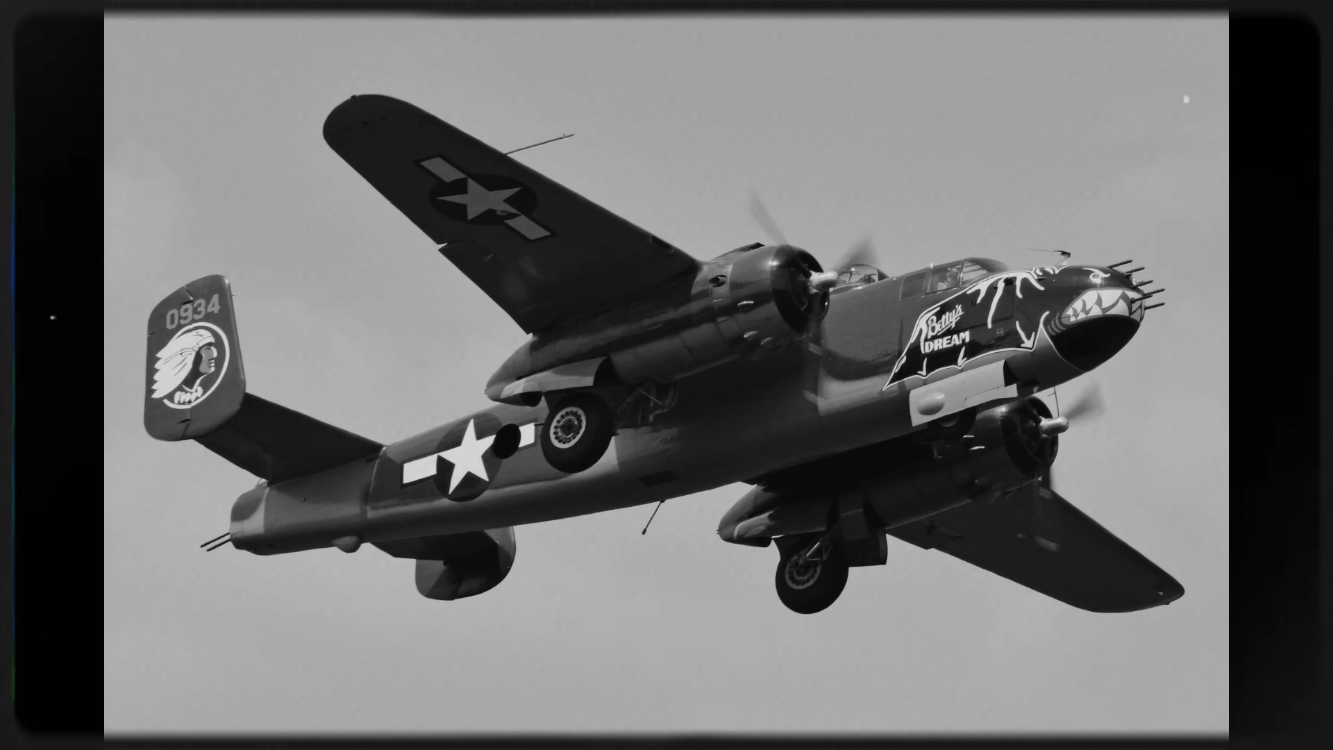
Major Ed Larner’s lead bomber struck first, his eight guns shredding decks and gun crews before two 500-pound bombs skipped into Teiyo Maru. In seconds, the ship was torn open and sinking. Lieutenant Ralph Delo followed, his bombs ripping through Kyos Maru—Nakamura’s own vessel. Within minutes, it too was gone.
By noon, the sea was littered with burning ships and oil-slicked debris. All eight Japanese transports were sunk, along with four destroyers. Nearly 7,000 soldiers had sailed from Rabaul; fewer than 1,300 survived. Allied losses? Just 13 airmen.
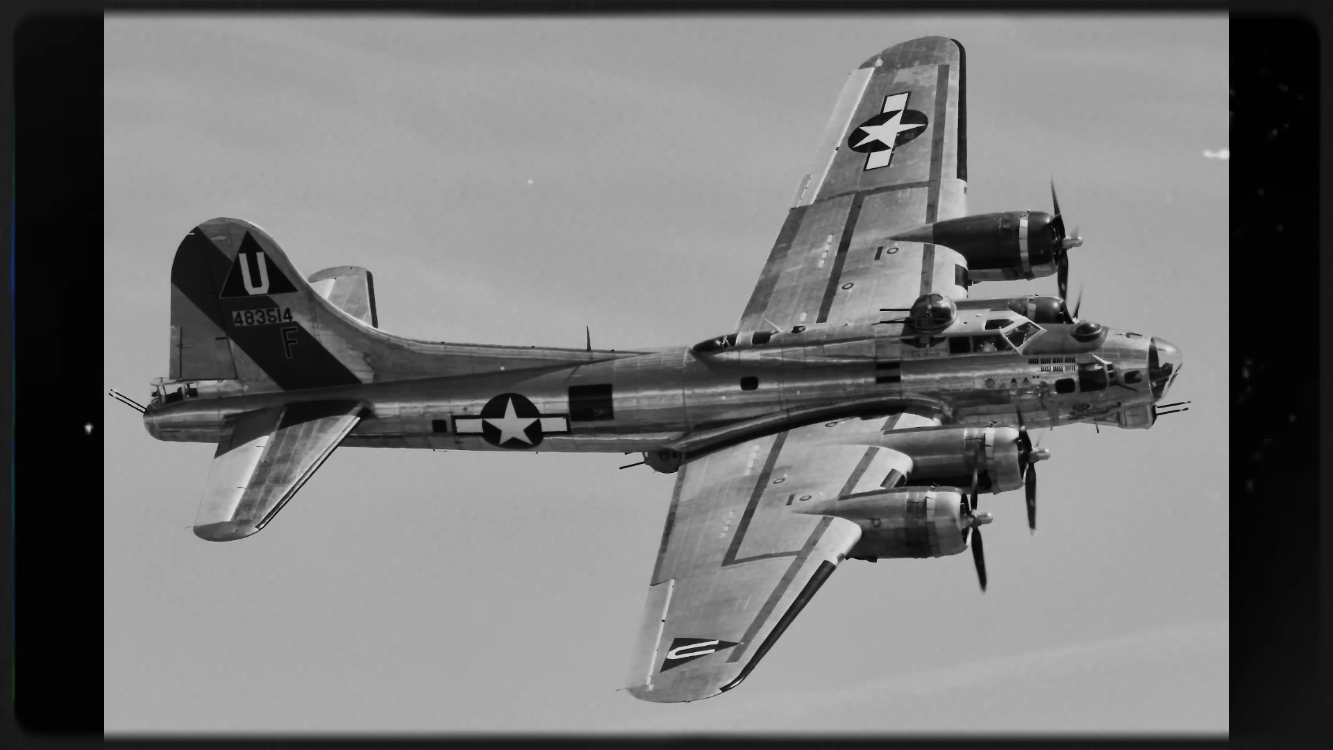
A New Era of Air Power
The Battle of the Bismarck Sea proved that air power could dominate the seas. The B-25’s eight-gun nose—born from field ingenuity and desperation—had rewritten the rules of naval warfare. Colonel Nakamura survived the battle, but the lesson he carried home was clear: the age of the bomber had eclipsed that of the battleship.














